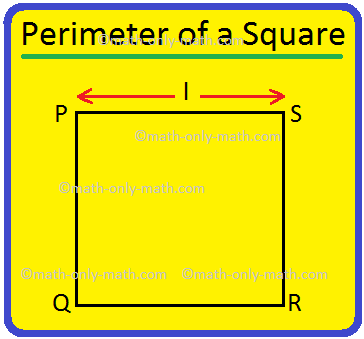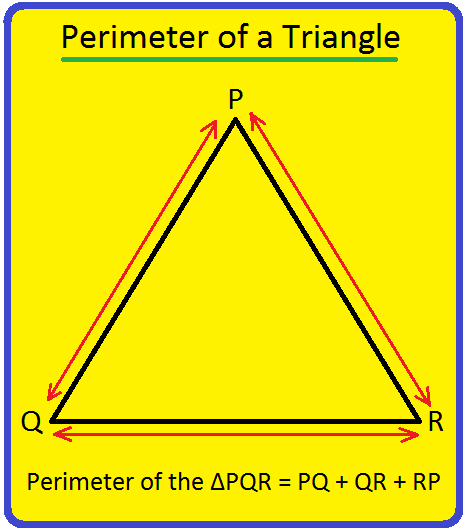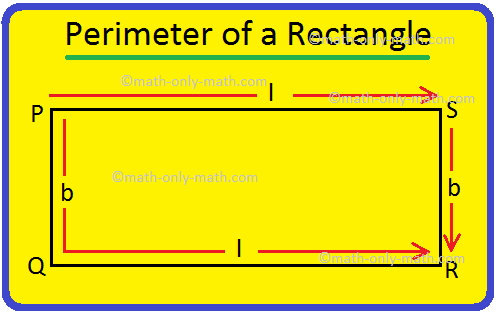Equivalent Fractions
Equivalent fractions are the fractions having the same value. Same fraction can be represented in many ways. Let us take the following example.
In picture (i) the shaded part is represented by fraction \(\frac{1}{2}\).
The shaded part in picture (ii) is represented by fraction \(\frac{2}{4}\). In picture (iii) the same part is represented by fraction \(\frac{4}{8}\). SO, the fraction represented by these shaded portions are equal. Such fractions are called equivalent fractions.
We say that \(\frac{1}{2}\) = \(\frac{2}{4}\) = \(\frac{4}{8}\)
Hence, for a given fraction there can be many equivalent fractions.
Making Equivalent Fractions:
We have seen in the above example that \(\frac{1}{2}\), \(\frac{2}{4}\) and \(\frac{4}{8}\) are equivalent fractions.
Therefore, \(\frac{1}{2}\) can be written as \(\frac{1}{2}\) = \(\frac{1 × 2}{2 × 2}\) = \(\frac{1 × 3}{2 × 3}\) = \(\frac{1 × 4}{2 × 4}\) and so on.
Hence, an equivalent fraction of any given fraction can be obtained by multiplying its numerator and denominator by the same number.
Same way, when the numerator and denominator of a fraction are divided by the same number, we get its equivalent fractions.
\(\frac{1}{2}\) = \(\frac{1 ÷ 1}{2 ÷ 1}\) = \(\frac{2}{4}\) = \(\frac{2 ÷ 2}{4 ÷ 2}\) = \(\frac{3}{6}\) = \(\frac{3 ÷ 3}{6 ÷ 3}\)
We have,
2/4 = (1 × 2)/(2 × 2)We observe that 2/4, 3/6 and 4/8 are obtained by multiplying the numerator and denominator of 1/2 by 2, 3 and 4 respectively.
3/6 = (1 × 3)/(2 × 3)
4/8 = (1 × 4)/(2 × 4)
Thus, an equivalent fraction of a given fraction can be obtained by multiplying its numerator and denominator by the same number (other than zero).
2/4 = (2÷ 2)/(4 ÷ 2) = 1/2
3/6 = (3÷ 3)/(6 ÷ 3) = 1/2
4/8 = (4 ÷ 4)/(8 ÷ 4) = 1/2
We observe that if we divide the numerators and denominators of 2/4, 3/6 and 4/8 each by their common factor 2, we get an equivalent fraction 1/2.
Thus, an equivalent fraction of a given fraction can be obtained by dividing its numerator and denominator by their common factor (other than 1), if ant.
Note:
(ii) Dividing its numerator (top) and denominator (bottom) by their common factor (other than 1).
For Example:
1. Write three equivalent fraction of 3/5.
Equivalent fractions of 3/5 are:
(3 × 2)/(5× 2) = 6/10,
(3 × 3)/(5 × 3) = 9/15,
(3 × 4)/(5 × 4) = 12/20
Therefore, equivalent fractions of 3/5 are 6/10, 9/15 and 12/20.
2. Write next three equivalent fraction of \(\frac{2}{3}\).
We multiply the numerator and the denominator by 2.
We get, \(\frac{2 × 2}{3 × 2}\) = \(\frac{4}{6}\)
Next, we multiply the numerator and the denominator by 3. We get
\(\frac{2 × 3}{3 × 3}\) = \(\frac{6}{9}\).
Next, we multiply the numerator and the denominator by 4. We get
\(\frac{2 × 4}{3 × 4}\) = \(\frac{8}{12}\).
Therefore, equivalent fractions of \(\frac{2}{3}\) are \(\frac{4}{6}\), \(\frac{6}{9}\) and \(\frac{8}{12}\).
3. Write three equivalent fraction of 1/4.
Equivalent fractions of 1/4 are:
(1× 2)/(4× 2) = 2/8,
(1 × 3)/(4 × 3) = 3/12,
(1× 4)/(4× 4) = 4/16
Therefore, equivalent fractions of 1/4 are 2/8, 3/12 and 4/16.
4. Write three equivalent fraction of 2/15.
Equivalent fractions of 2/15 are:
(2× 2)/(15 × 2) = 4/30,
(2 × 3)/(15 × 3) = 6/45,
(2× 4)/(15 × 4) = 8/60
Therefore, equivalent fractions of 2/15 are 4/30, 6/45 and 8/60.
5. Write three equivalent fraction of 3/10.
Equivalent fractions of 3/10 are:
(3× 2)/(10× 2) = 6/20,
(3 × 3)/(10 × 3) = 9/30,
(3× 4)/(10× 4) = 12/40
Therefore, equivalent fractions of 3/10 are 6/20, 9/30 and 12/40.
● Fraction
Representations of Fractions on a Number Line
Conversion of Mixed Fractions into Improper Fractions
Conversion of Improper Fractions into Mixed Fractions
Interesting Fact about Equivalent Fractions
Addition and Subtraction of Like Fractions
Addition and Subtraction of Unlike Fractions
Inserting a Fraction between Two Given Fractions
Numbers Page
6th Grade Page
From Equivalent Fractions to HOME PAGE
Didn't find what you were looking for? Or want to know more information about Math Only Math. Use this Google Search to find what you need.
Recent Articles
-
Perimeter of a Square | How to Find the Perimeter of Square? |Examples
Apr 25, 24 05:34 PM
We will discuss here how to find the perimeter of a square. Perimeter of a square is the total length (distance) of the boundary of a square. We know that all the sides of a square are equal. Perimete… -
Perimeter of a Triangle | Perimeter of a Triangle Formula | Examples
Apr 25, 24 05:13 PM
We will discuss here how to find the perimeter of a triangle. We know perimeter of a triangle is the total length (distance) of the boundary of a triangle. Perimeter of a triangle is the sum of length… -
Perimeter of a Rectangle | How to Find the Perimeter of a Rectangle?
Apr 25, 24 03:45 PM
We will discuss here how to find the perimeter of a rectangle. We know perimeter of a rectangle is the total length (distance) of the boundary of a rectangle. ABCD is a rectangle. We know that the opp… -
Dividing 3-Digit by 1-Digit Number | Long Division |Worksheet Answer
Apr 24, 24 03:46 PM
Dividing 3-Digit by 1-Digit Numbers are discussed here step-by-step. How to divide 3-digit numbers by single-digit numbers? Let us follow the examples to learn to divide 3-digit number by one-digit nu… -
Symmetrical Shapes | One, Two, Three, Four & Many-line Symmetry
Apr 24, 24 03:45 PM
Symmetrical shapes are discussed here in this topic. Any object or shape which can be cut in two equal halves in such a way that both the parts are exactly the same is called symmetrical. The line whi…






